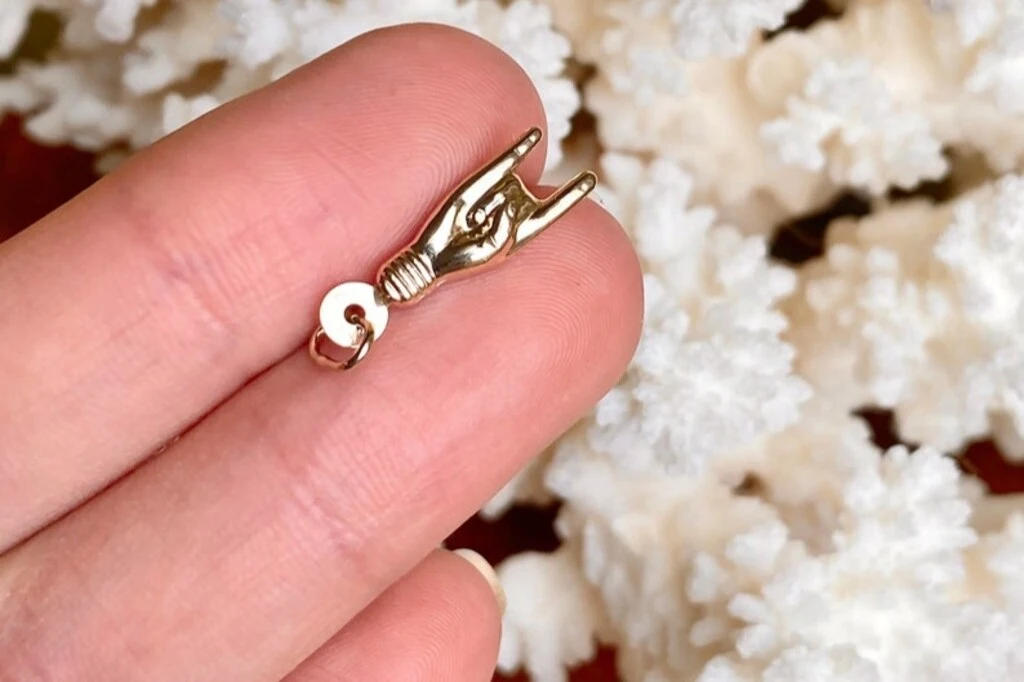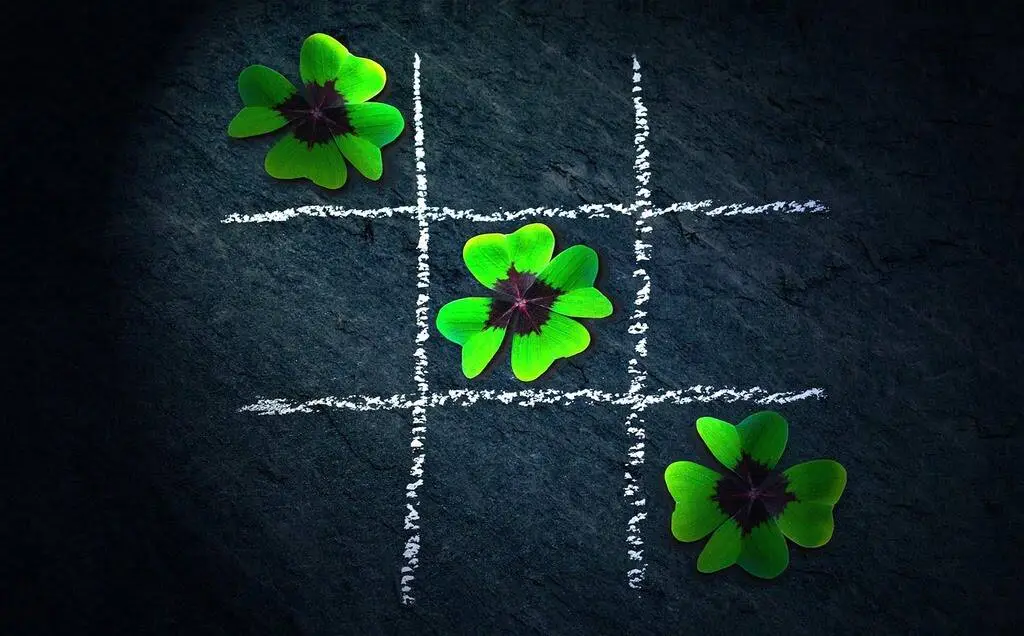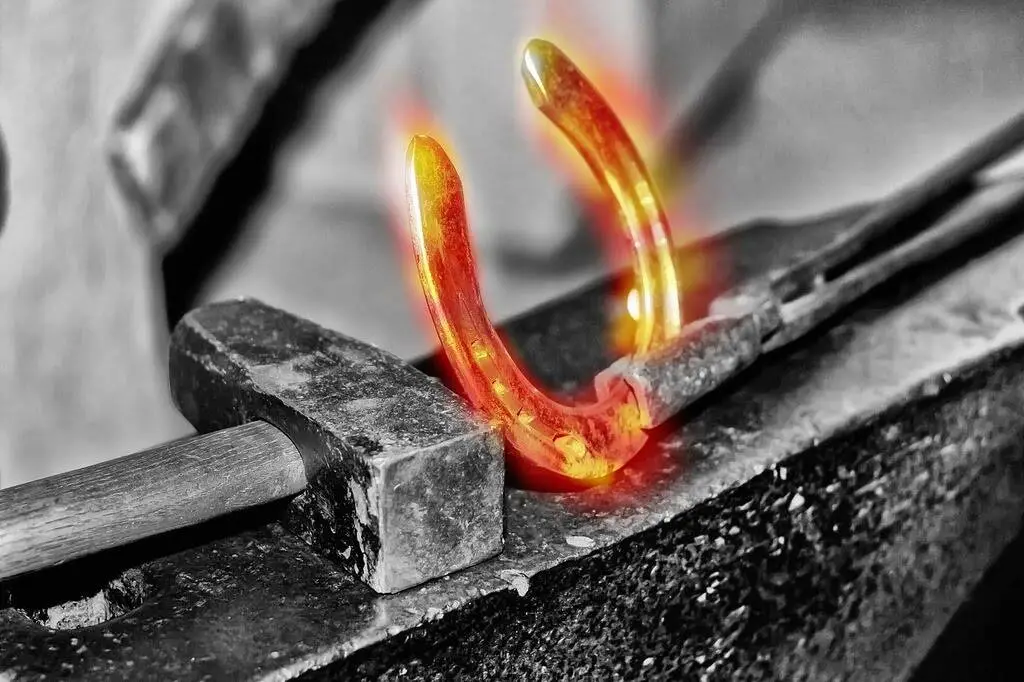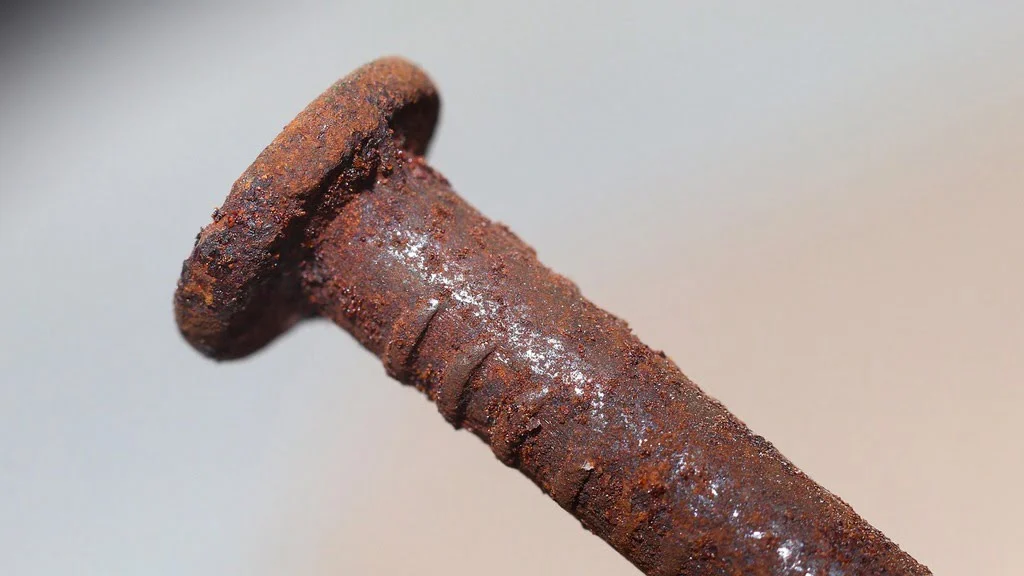Would you like to know some symbols of good luck in Italy?
Italy has a lot of innovative (and sometimes amusing) superstitions to fight off bad luck and bring good fortune. While many of these superstitions come from the south, Italian good luck symbols are found everywhere in il Bel Paese.
Good luck symbols in Italy range from gestures to rusty nails and household items – and even poop!
Let’s have a look at the things believed to bring good luck and good fortune in Italy.
RELATED POSTS:
- 14 Funny Italian Superstitions That Will Make You Smile
- Symbols of Italy: 13 Most Important Italian Emblems and Symbols
13 Symbols of Good Luck in Italy

Many Italians believe in symbols that bring good fortune. The following are some of the good luck symbols in Italy worth noting.
1. The Number 13
In Italy, the number 13 is seen as auspicious. Despite the western world’s belief that the number brings bad luck, Italians relate it to the Great Goddess, fertility, and the moon cycles. For Italians, the number 13 brings prosperity and life.
The Italian expression that means to hit the jackpot is “Fare tredici.” It is literally translated as “Make thirteen.”
What’s considered an unlucky number in Italy is the number 17. It is associated with bad luck because the Ruman numeral form of 17 is XVII, which can be jumbled to spell VIXI, a Roman word with connotions of death. “VIXI” was often inscribed on ancient tombs. It means “I have lived” or “My life is over.”
2. Cacca – Poop / Being Stooled On
While being pelted with bird poop might not seem like the best way to start the day, the Italians regard it as a lucky charm.
You’ve been singled out if you’ve been hit by bird poop! Most people will tell you to purchase a lottery ticket as soon as possible.
When you’re trying to clean up the mess in your hair, the thought that the bird bomb would bring you good luck might help lighten your mood.
3. Cimaruta – Sprig of Rue

The cimaruta is an ancient portafortuna, or good luck charm, that originated from ancient pagan religions of Italy. It is used as a talisman or an amulet, traditionally worn as a necklace to ward off malocchio – or the Italian evil eye.
The name is the Neapolitan form of the Italian “cima di ruta” which means “sprig of rue.” The cimaruta is comprised of pieces representing a branch or sprig of rue, a flowering herb that is used as an insect repellent and in treating sprains and arthritis, headaches and toothaches, as well as warts and tumors.
The main symbols of this Italian talisman are the moon, serpent, and key – which represent the goddesses Diana, Proserpina, and Hecate.
4. Cornicello – The Italian Horn

The cornicello (“hornlet” or “little horn”), also called the corno portafortuna (lit.: “horn that brings luck”), cornetto, or simply corno which is Italian for “horn.” In Naples, it is locally called curniciello or variants thereof. It is also sometimes referred to as the “Italian horn.”
The cornicello, both the charm and the hand gesture, is one of the most peculiar Italian good luck symbols. But first of all, let us make it clear that this is a horn, as mentioned, and not a chili pepper. Many get that wrong.
Like the cimaruta, the cornicello is used as a talisman or amulet. Italians wear it for protection against malocchio and bad luck in general.
In the past, the symbol was also used to promote virility and fertility. The cornicello is undoubtedly a (phallic) symbol of fertility and therefore a good omen and has its origins from its ancestor: the cornucopia!
5. Mano Corno – The Horned Hand

An alternative to the cornicello, some claim the mano corno can ward off the malocchio (evil eye).
However, the mano corno – also called “le corna” – can be interpreted as an insult if you show it to an Italian man. This is basically calling him sissy and pathetic, since the hand gesture is called cornuto – or a cuckolded man. This is one of the most offensive signs you can use to belittle an Italian man. The mano corno charm is a direct insult to the devil himself.
If you happen to come across a black cat or other bad luck symbols, the charm, and the gesture – which is made by pointing your palm down while holding up your pinky and index finger in an upside-down “rock on” symbol – is believed to keep evil at bay.
- TIP: If you are a man, grabbing your crotch as discreetly as possible is also a way to ward off bad luck when you come across a black cat!
6. O’ Scartellato / Gobbo – The Hunchback With the Horn

O’ Scartellato, also known as Gobbo, is the hunchback with the horn deemed by Italians as a bringer of good luck. This Italian good luck symbol is often depicted on top of a cornicello or holding one in his hand.
Having the “scartello” means having a hump, hence the name. The word comes from the Greek “kartos” which, for ancient Neapolitans, indicated the basket full of precious objects and hence a portent of well-being. O’ Scartellato is a person bent and humped under the basket. He also chases away all troubles.
Traditionally, people touch this symbol to rub off some of the good luck that O’ Scartellato holds. He also corresponds to the number 57, which makes it a lucky number.
7. Figa / Mano Fico – Fig Sign

Figa, also called mano fico in Italian, is a small amulet shaped in a closed hand, with the thumb encircled by the index and middle fingers – a hand position that calls to mind the figa or fig fruit.
The ancient Romans viewed the fig fruit as a representation of the female genitalia, hence linking it with abundance and fertility. It is said to be the female counterpart of the cornicello, the Italian horn symbol.
The mano fico symbol is a gesture most commonly used to deny a request or insult someone in Italy. As a good luck charm, it is believed to ward off the evil eye (malocchio).
8. Quadrifoglio – Four-leaf Clover

While the four-leaf clover is commonly associated with St. Patrick’s Day celebrations, it is also regarded as a symbol of good luck in Italy (where it’s called “quadrifoglio“) and many other countries.
It should not be confused with the three-leaf variety, which is called a shamrock.
Quadrifoglio is depicted as a sprig of clover with four heart-shaped leaves. It is considered lucky for its rarity.
In ancient times, wielding the four-leaf clover was believed to enable one to see fairies and bestow good luck upon someone who finds it. It was also used to ward off malevolent spirits.
Four-leaf clovers are also used to symbolize faith, hope, and love, as well as good fortune.
9. Coccinella – Ladybug

It’s possible that the crimson hue of coccinella (ladybug) has something to do with the symbolism, or that the spots signify Mary’s Seven Sorrows in the Catholic belief. It doesn’t matter what the reason is; ladybugs in Italy are typically regarded as a sign of good fortune.
If a ladybug lands on you, well, stay still and thank your lucky stars.
10. Ferro di Cavallo – Horseshoe

Horseshoes are also seen as one of the top good luck symbols in Italy.
In Lazio as well as other southern regions, people believe that nailing a horseshoe – known in Italian as ferro di cavallo – to the door, pointing upwards, will bring good luck.
Ferro di cavallo is also believed to protect the home and everyone who lives there against evil spirits.
11. New Broom
A new broom symbolizes the act of cleaning. It is believed to bring good luck and harmony to a home, that’s why people with new homes are gifted with new brooms during housewarmings in Italy. House owners can expect good fortune to come to their new homes.
It is also believed that a broom sweeps out the old to make way for the new, which makes it a great wedding gift in Italy.
In folklore, a broom is said to sweep away evil (or troubles).
12. Rusty Nail

Finding a rusty nail is considered a sign of good luck to come. Some particularly superstitious Italians carry a nail – the rustier, the better – they can stroke whenever they need some sprinkle of good luck.
In Christianity, the rusty nail is symbolic of Christ’s passion, associated with his crucifixion.
Nails are literally and figuratively linked with the ferro di cavallo (horseshoe). Both Italian symbols of good luck are believed to bring prosperity and ward off evil.
13. Lentils

Lentils are shaped like coins, thus symbolizing money. Eating lentils is part of the Italian New Year’s tradition, meant to symbolize good fortune at the beginning of the year.
Italians believe that the more you eat on New Year’s Day, the more money you will make through the year.
